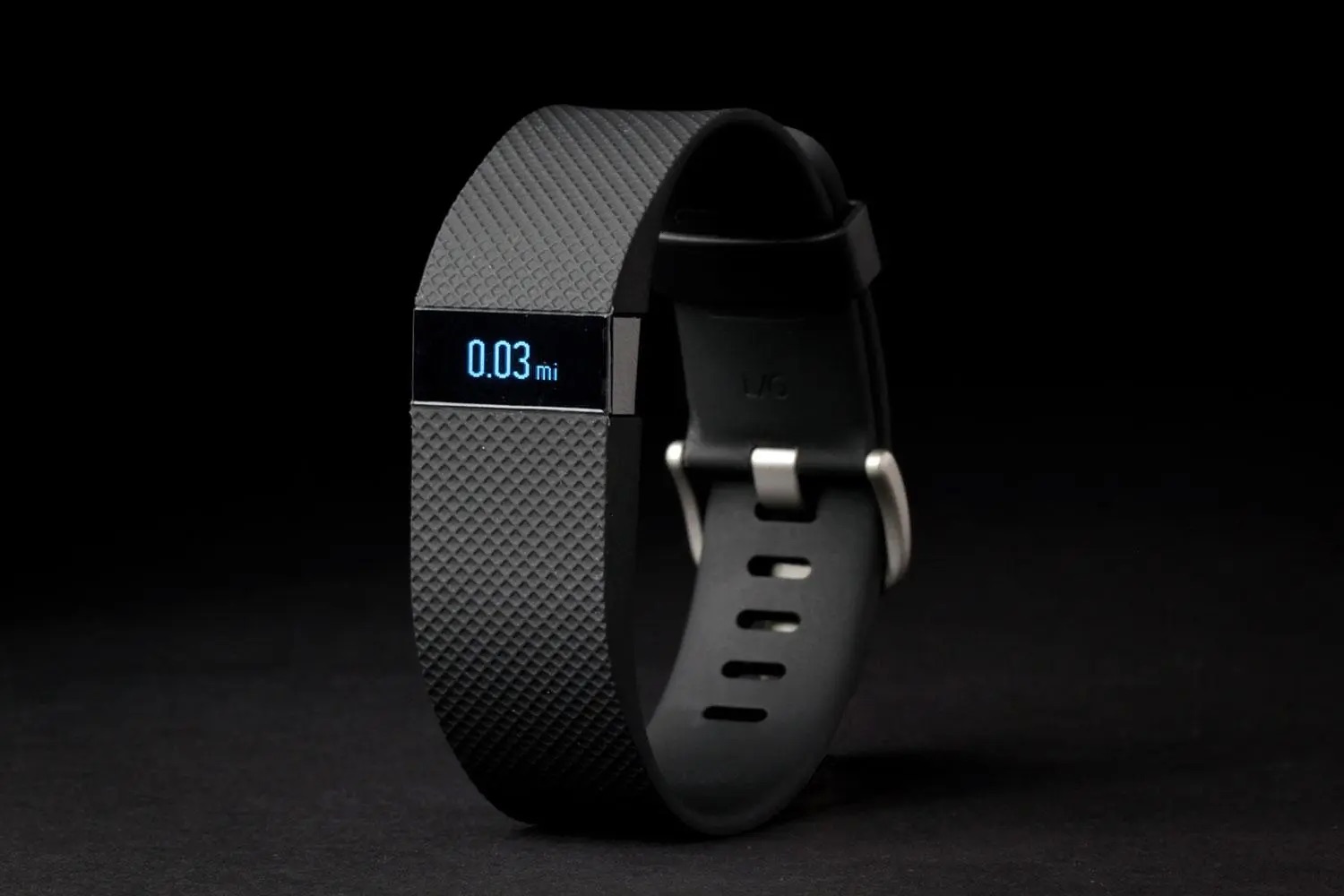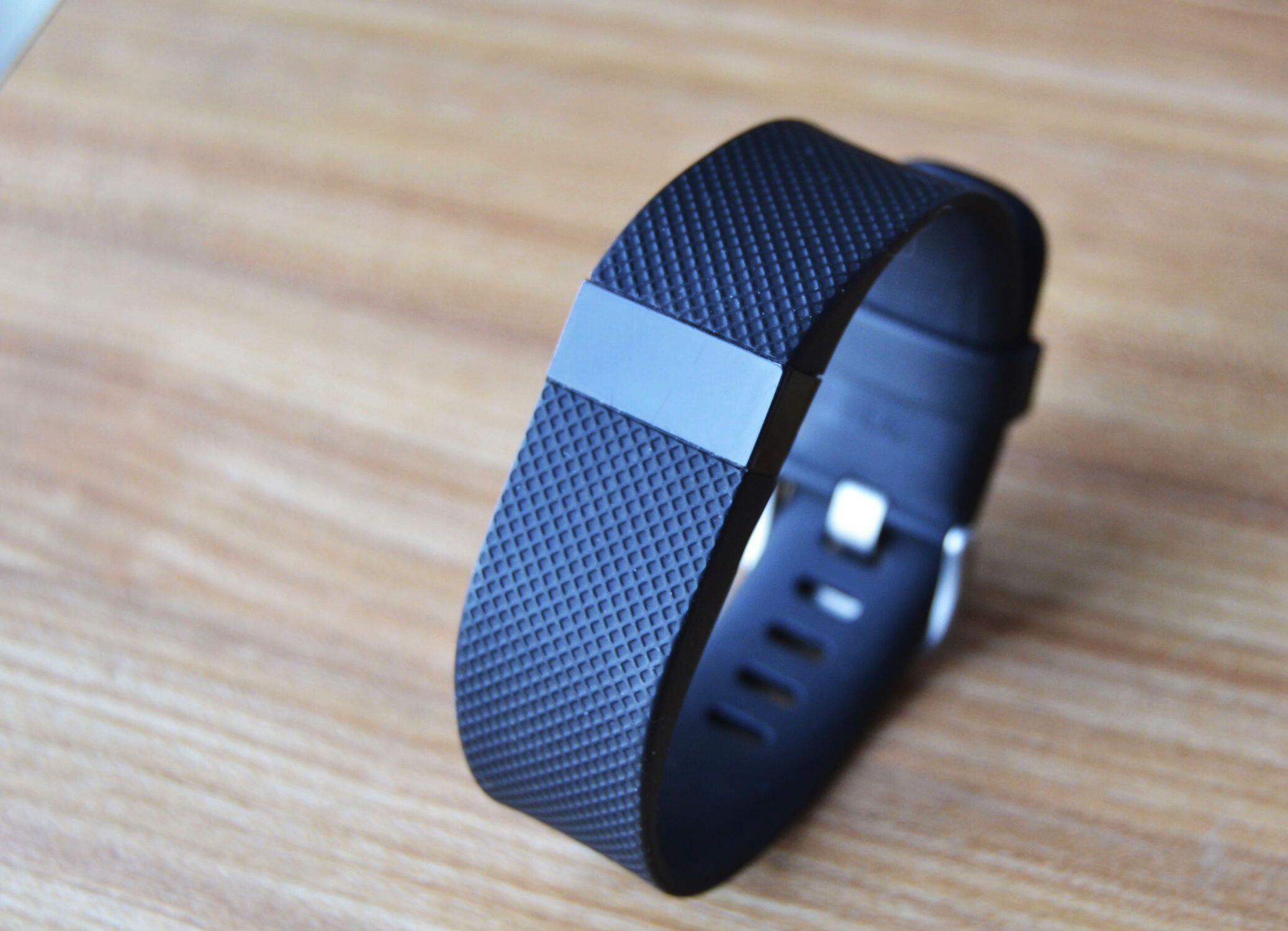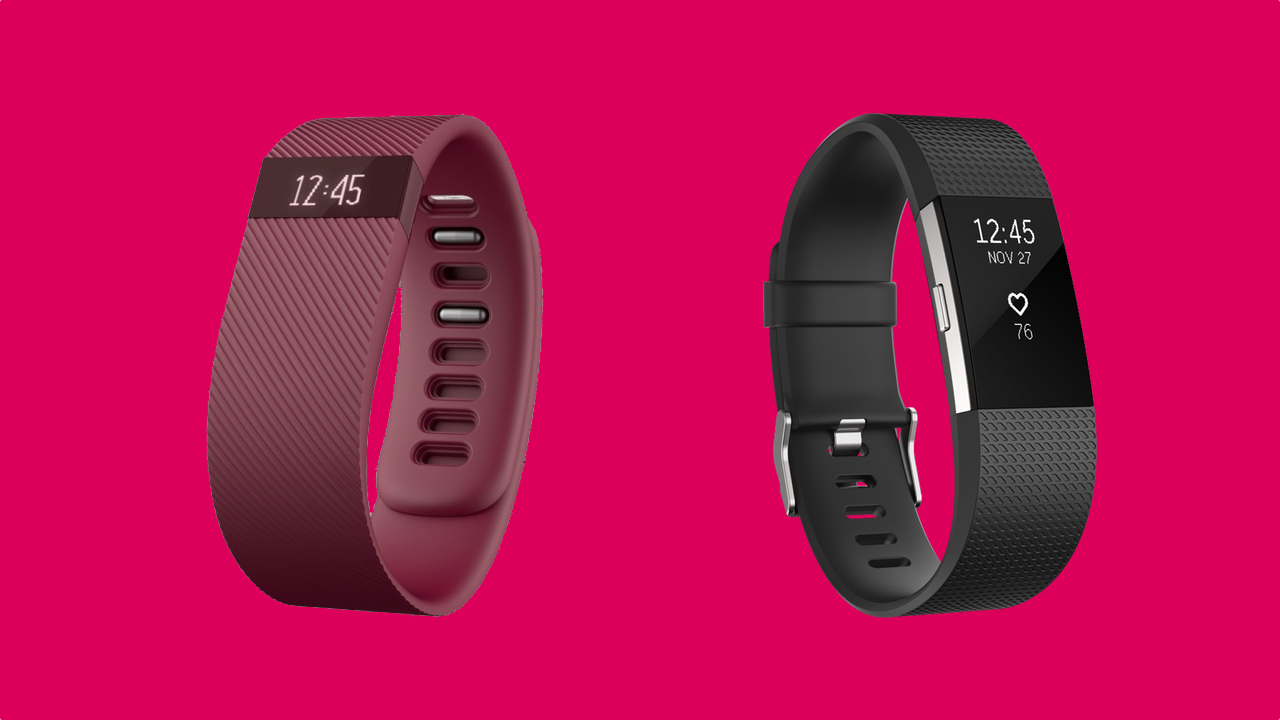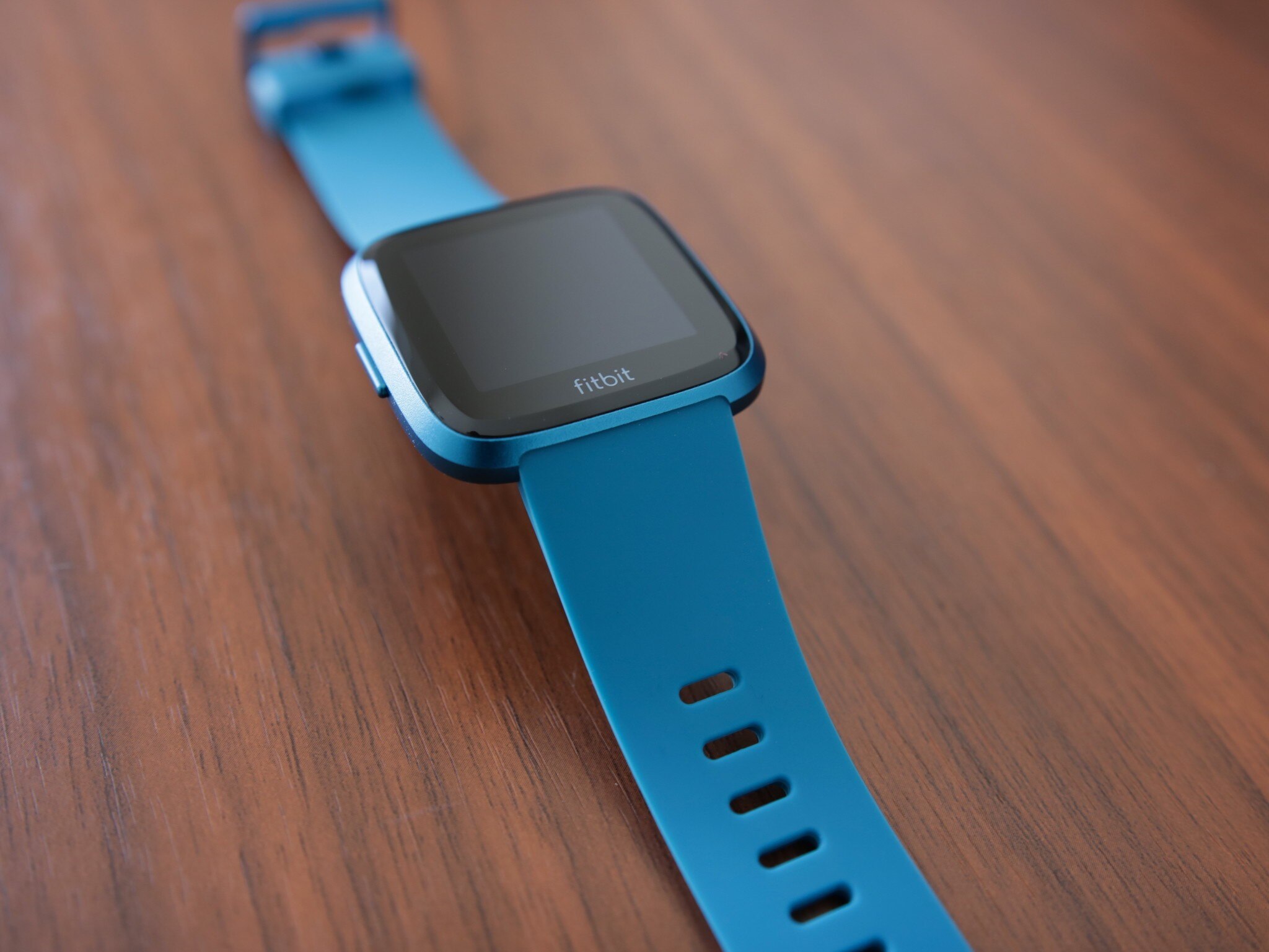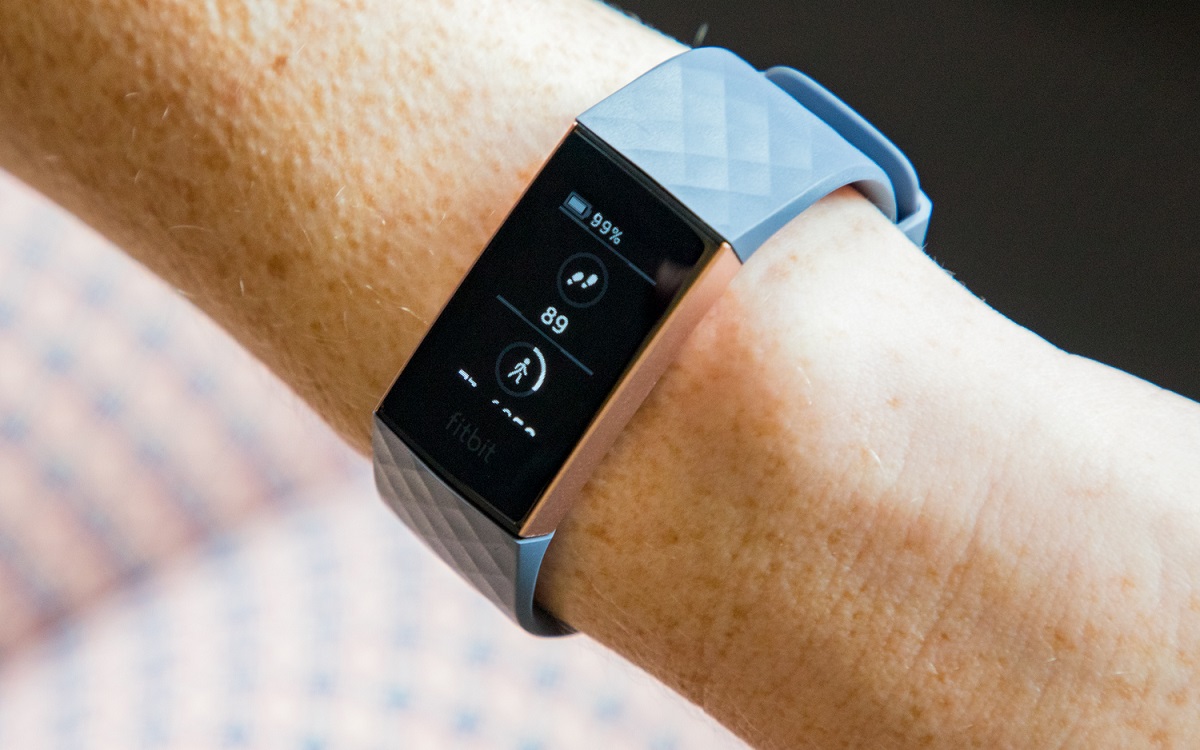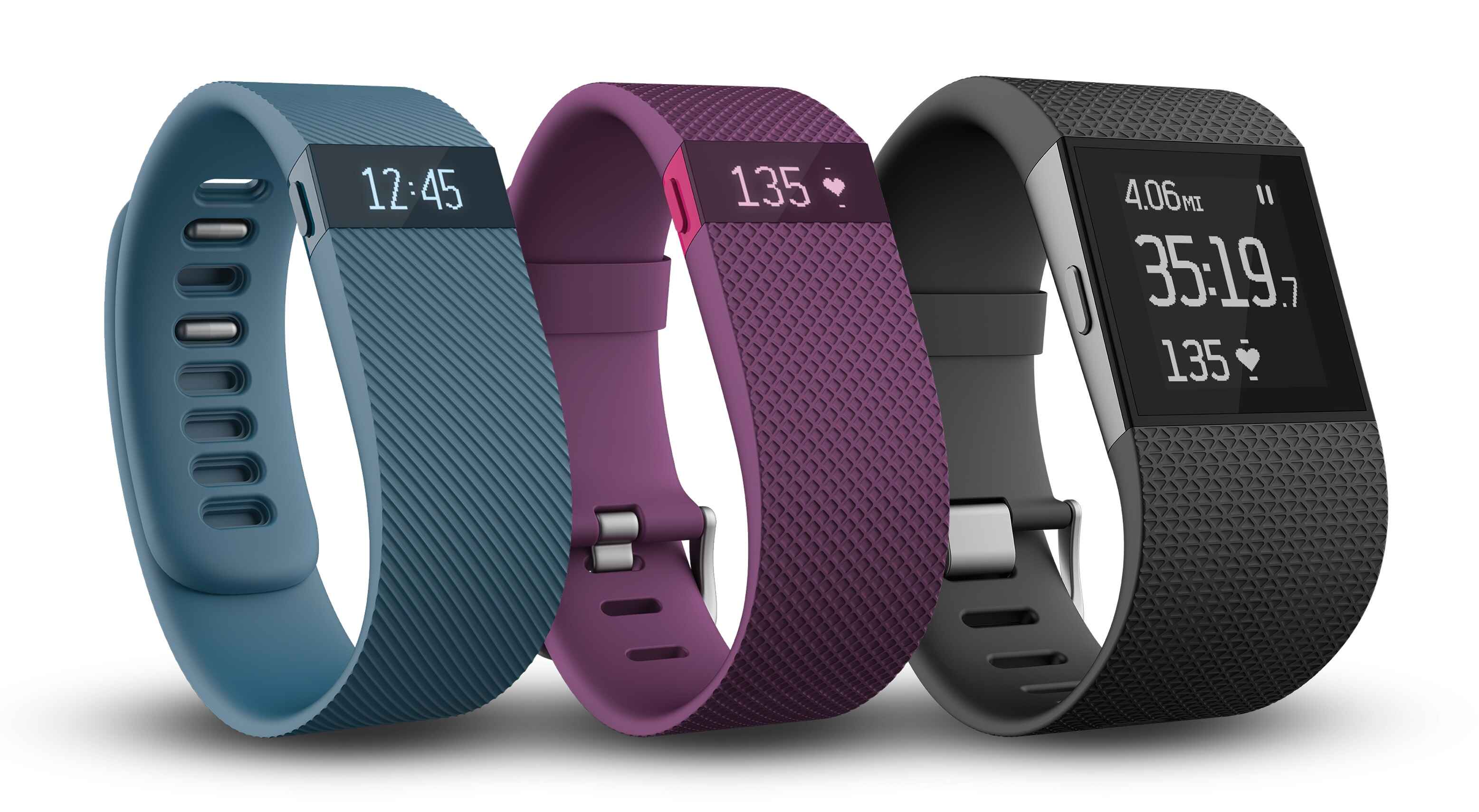Introduction
Wearable technology has revolutionized the way we monitor our health and stay connected. Among the myriad of features offered by fitness trackers, the integration of call notifications stands out as a convenient and practical function. In this article, we will delve into the realm of call notifications, specifically focusing on how to set up caller ID on the Fitbit Charge HR.
The ability to receive call notifications on your Fitbit Charge HR provides a seamless and efficient way to stay informed without constantly checking your smartphone. By leveraging this feature, users can stay connected while on the move, ensuring that they never miss an important call. Whether you are engrossed in a workout session, engaged in a meeting, or simply unable to access your phone, the caller ID feature on the Fitbit Charge HR serves as a valuable tool for maintaining connectivity.
As we journey through the process of setting up caller ID on the Fitbit Charge HR, we will explore the steps required to seamlessly integrate this functionality into your wearable device. Additionally, we will address common troubleshooting issues that may arise, ensuring that you can maximize the benefits of this feature without encountering unnecessary setbacks.
The integration of caller ID on the Fitbit Charge HR represents an intersection of technology and practicality, enhancing the overall user experience. By understanding and harnessing this feature, users can streamline their communication and connectivity, thereby optimizing the utility of their Fitbit device. Join us as we embark on this exploration of call notifications, unveiling the seamless integration of caller ID on the Fitbit Charge HR.
What is Caller ID on Fitbit Charge HR?
Caller ID on the Fitbit Charge HR is a feature that enables users to receive notifications of incoming calls directly on their wearable device. When a call is received on the paired smartphone, the Fitbit Charge HR displays essential information about the incoming call, such as the caller's name or phone number, allowing users to quickly and conveniently identify the caller without having to access their smartphone.
This feature is particularly valuable in situations where accessing the smartphone may be inconvenient or impractical, such as during workouts, meetings, or when the phone is not readily accessible. By displaying the caller's information directly on the Fitbit Charge HR's screen, users can make informed decisions about whether to answer the call or respond at a more convenient time.
Caller ID on the Fitbit Charge HR enhances the overall user experience by providing a seamless and efficient way to stay connected. It eliminates the need to constantly check the smartphone for incoming calls, allowing users to stay focused on their activities while remaining accessible to important calls.
Additionally, the caller ID feature on the Fitbit Charge HR contributes to safety and convenience, especially during physical activities or when the smartphone is tucked away. Users can quickly glance at their Fitbit device to identify incoming calls without interrupting their workflow or compromising their safety.
By leveraging caller ID on the Fitbit Charge HR, users can maintain connectivity and accessibility without being tethered to their smartphones. This feature aligns with the wearable technology's core purpose, which is to seamlessly integrate essential functionalities into a compact and versatile device, ultimately enhancing the user's lifestyle and productivity.
In essence, caller ID on the Fitbit Charge HR represents a convergence of communication and convenience, empowering users to stay informed and connected in various situations. The integration of this feature reflects Fitbit's commitment to providing practical and innovative solutions that cater to the evolving needs of its users.
Setting Up Caller ID on Fitbit Charge HR
To enable caller ID on your Fitbit Charge HR, you can follow a straightforward process to seamlessly integrate this feature into your wearable device. Before initiating the setup, ensure that your Fitbit Charge HR is paired with a compatible smartphone and that both devices are within proximity for a smooth configuration process.
-
Fitbit App: Begin by opening the Fitbit app on your paired smartphone. Ensure that the app is updated to the latest version to access the full range of features and functionalities.
-
Device Settings: Navigate to the device settings within the Fitbit app. Look for the section that pertains to call notifications or caller ID settings. The specific location of this setting may vary slightly depending on the version of the Fitbit app, but it is generally located within the device settings or notifications menu.
-
Caller ID Configuration: Within the call notifications or caller ID settings, you should find an option to enable or configure caller ID for your Fitbit Charge HR. Select this option to initiate the setup process.
-
Permission: Depending on your smartphone's operating system, you may be prompted to grant permission for the Fitbit app to access call notifications. This step is crucial for the seamless integration of caller ID on your Fitbit Charge HR.
-
Sync: Once you have enabled caller ID within the Fitbit app, ensure that your Fitbit Charge HR is within range of your smartphone and initiate a sync between the two devices. This sync is essential for applying the updated settings and configurations to your wearable device.
-
Confirmation: After the sync is complete, your Fitbit Charge HR should now be configured to display caller ID notifications when an incoming call is received on your paired smartphone. Test the functionality by placing a test call to the smartphone from another device.
By following these steps, you can effectively set up caller ID on your Fitbit Charge HR, enhancing the device's utility and convenience. This feature empowers users to stay informed about incoming calls without having to constantly check their smartphones, thereby streamlining communication and connectivity while on the go.
The integration of caller ID on the Fitbit Charge HR aligns with the device's overarching goal of seamlessly integrating essential functionalities into a compact and versatile wearable, ultimately enhancing the user's lifestyle and productivity.
In summary, by following the aforementioned steps, users can effortlessly enable caller ID on their Fitbit Charge HR, unlocking the potential for enhanced connectivity and accessibility directly from their wrist-worn device.
Troubleshooting Caller ID Issues
Despite the seamless integration of caller ID on the Fitbit Charge HR, users may encounter occasional issues that hinder the proper functioning of this feature. Understanding common troubleshooting methods can help address these issues effectively, ensuring that users can fully leverage the benefits of caller ID on their Fitbit device.
1. Device Compatibility
One potential issue that may arise is related to device compatibility. Ensure that your smartphone is compatible with the caller ID feature on the Fitbit Charge HR. Some older or less common smartphone models may encounter compatibility issues, leading to inconsistent caller ID notifications.
2. App Permissions
Verify that the Fitbit app on your smartphone has the necessary permissions to access call notifications. In some cases, app updates or changes to the smartphone's operating system may reset permissions, causing caller ID to stop functioning. Revisiting the app settings and granting the required permissions can resolve this issue.
3. Firmware Updates
Check for firmware updates for both your Fitbit Charge HR and the paired smartphone. Outdated firmware on either device can lead to compatibility issues and disrupt the functionality of caller ID. Updating the firmware ensures that both devices are equipped with the latest enhancements and bug fixes, potentially resolving caller ID issues.
4. Bluetooth Connectivity
Issues with Bluetooth connectivity between the Fitbit Charge HR and the paired smartphone can impact the delivery of caller ID notifications. Ensure that Bluetooth is enabled on both devices and that they are within the recommended range for seamless connectivity. Troubleshooting Bluetooth connectivity issues can help restore the proper functioning of caller ID.
5. Notification Settings
Review the notification settings within the Fitbit app to ensure that caller ID is enabled. Occasionally, inadvertent changes to notification settings may disable caller ID notifications. Verifying and adjusting these settings can re-enable caller ID functionality on the Fitbit Charge HR.
6. Reboot and Reset
If persistent issues with caller ID persist, consider rebooting both the Fitbit Charge HR and the paired smartphone. Rebooting can resolve temporary software glitches that may be affecting caller ID functionality. Additionally, performing a factory reset on the Fitbit Charge HR and re-pairing it with the smartphone can serve as a comprehensive troubleshooting step.
By addressing these common troubleshooting methods, users can overcome potential issues with caller ID on the Fitbit Charge HR, ensuring a seamless and uninterrupted experience. Implementing these strategies can help users maximize the utility of this feature, enabling them to stay connected and informed through their wearable device.
Conclusion
In conclusion, the integration of caller ID on the Fitbit Charge HR represents a significant advancement in wearable technology, enhancing the device's functionality and user experience. By enabling users to receive call notifications directly on their wrist-worn device, Fitbit has effectively streamlined communication and connectivity, aligning with the evolving needs of modern lifestyles.
The process of setting up caller ID on the Fitbit Charge HR, as outlined in this article, empowers users to seamlessly integrate this feature into their daily routines. The convenience of glancing at the Fitbit device to identify incoming calls without disrupting activities or reaching for the smartphone underscores the practicality and efficiency of this functionality.
Moreover, the troubleshooting methods provided offer valuable insights into addressing potential issues that may arise with caller ID on the Fitbit Charge HR. By understanding and implementing these strategies, users can overcome common challenges, ensuring uninterrupted access to call notifications on their wearable device.
The broader implications of caller ID on the Fitbit Charge HR extend beyond mere convenience. This feature contributes to safety, productivity, and overall user satisfaction. Whether during workouts, meetings, or daily errands, the ability to stay informed about incoming calls without being tethered to a smartphone reflects the seamless integration of essential functionalities into a compact and versatile wearable device.
As wearable technology continues to evolve, the inclusion of features such as caller ID on the Fitbit Charge HR underscores the industry's commitment to enhancing the user experience. By embracing these advancements, users can leverage the full potential of their wearable devices, integrating them seamlessly into their daily lives.
In essence, the integration of caller ID on the Fitbit Charge HR serves as a testament to the convergence of technology and practicality, enriching the lives of users by providing a seamless and efficient means of staying connected. As users embrace the capabilities of their Fitbit Charge HR, they can navigate their daily routines with enhanced connectivity and accessibility, ultimately redefining the way they interact with their wearable devices.
In the grand scheme of wearable technology, the incorporation of caller ID on the Fitbit Charge HR represents a pivotal step toward a more connected and efficient future, where essential functionalities seamlessly intertwine with the fabric of everyday life.







